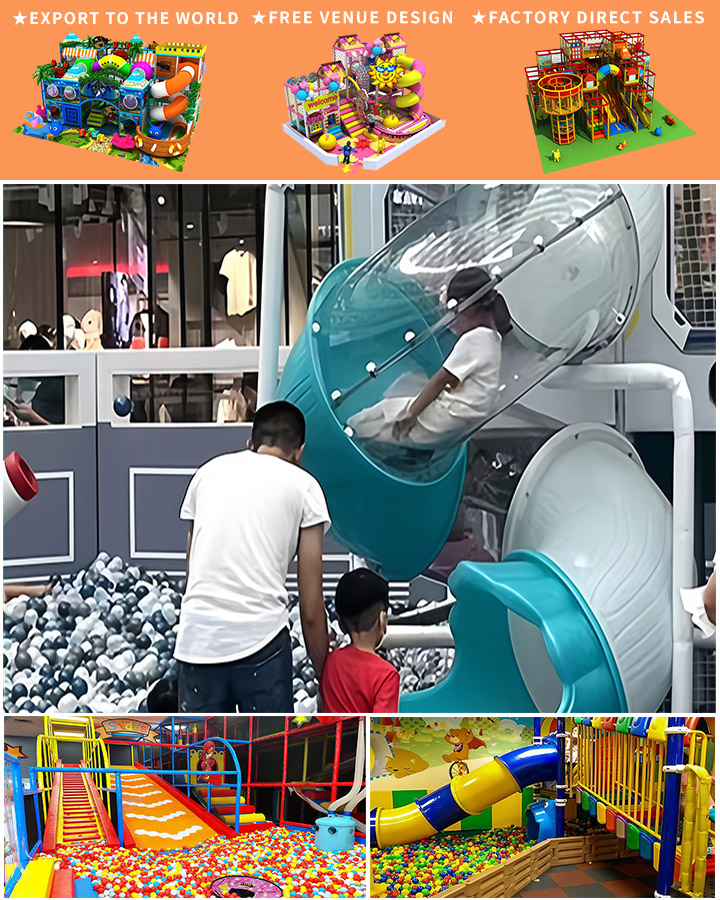Indoor play areas have always been a vital part of daycare and preschool environments, offering children a safe space to explore, learn, and grow. One of the most engaging and educational aspects of these play areas is the inclusion of role-play elements. By incorporating equipment that mimics everyday activities and environments, such as a supermarket, hospital, or even small houses, we can create immersive experiences that support developmental milestones and social skills.
The Importance of Role Play in Early Childhood Development
Role play is a powerful tool in early childhood education. It allows toddlers and young children to step into the shoes of various characters, fostering creativity and imagination. This type of play also helps in language development, as children often engage in conversations with each other, imitating the speech and interactions of adults they observe. Role play can also aid in the development of social skills by teaching kids how to share, take turns, and resolve conflicts amicably.
Key Elements for an Indoor Play Area

Supermarket Setup A mock supermarket can be an excellent addition to indoor play areas. Equip it with mini shopping carts, pretend fruits, vegetables, and grocery items. This setup encourages children to practice counting, recognize different items, and understand basic economic principles like buying and selling. Additionally, it can be a platform for teaching manners and polite behavior as kids take turns “checking out” their groceries.
Pretend Hospital A small-scale hospital area can captivate children’s imaginations and help them become more comfortable with medical environments. Including doctor’s kits, stethoscopes, and nurse uniforms allows children to play out roles they might have seen in real life, such as doctors and patients. This can alleviate the fear of medical visits and promote empathy as they learn to care for their “patients.”
Houses and Homes Miniature houses or cozy corners can serve as a comforting retreat and a setting for imaginative play. Furnished with child-sized furniture, dolls, and kitchen sets, these areas provide endless opportunities for storytelling and role-playing family dynamics. This type of environment can also help in developing fine motor skills as children manipulate small objects and engage in pretend cooking or caring for baby dolls.
Benefits Beyond Fun
Incorporating these role-play elements into indoor play areas offers more than just entertainment. Children gain a better understanding of the world around them through hands-on experiences. They learn about various professions, social norms, and the importance of community roles. These experiences are particularly valuable in a daycare or preschool setting, where foundational learning and social interaction are crucial.
Conclusion
Creating an indoor playground that includes diverse role-play options can significantly enhance a child’s educational experience. From supermarkets to hospitals and tiny houses, these setups not only provide fun and excitement but also contribute to the holistic development of toddlers and preschoolers. By investing in thoughtfully designed play equipment, educators and parents can create enriching environments that nurture young minds and prepare them for the complexities of the real world.




